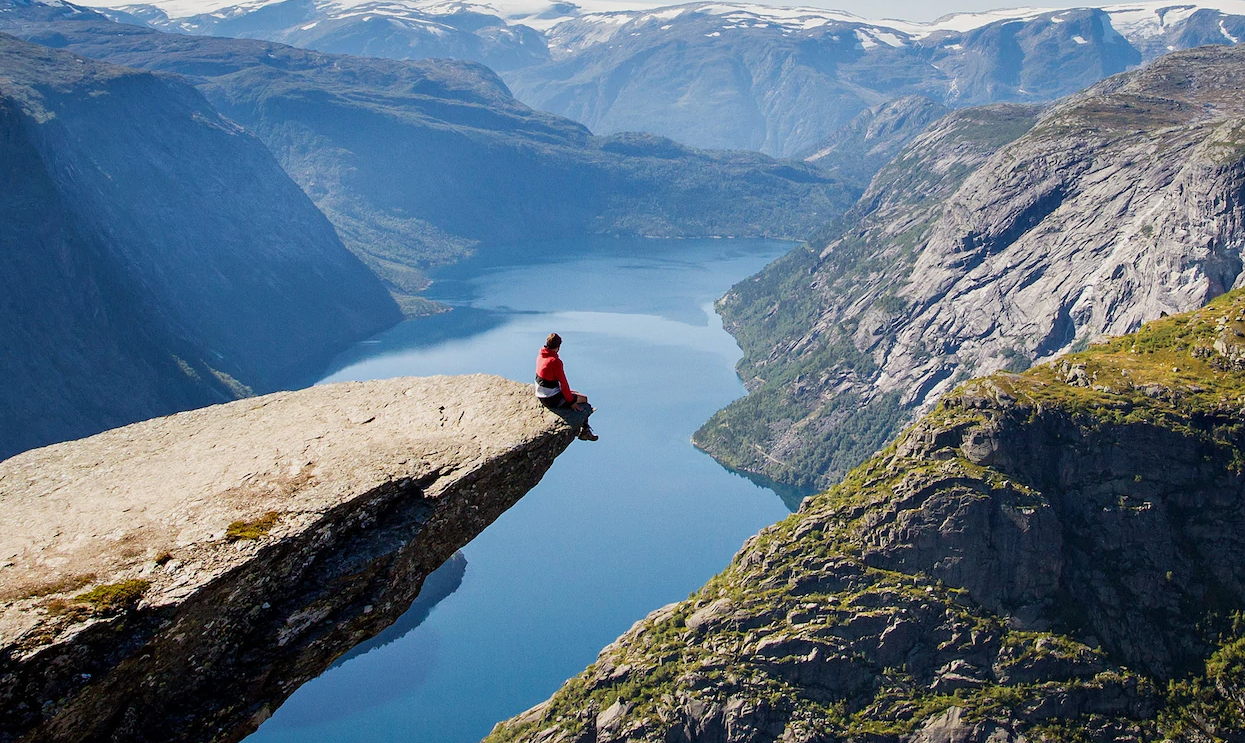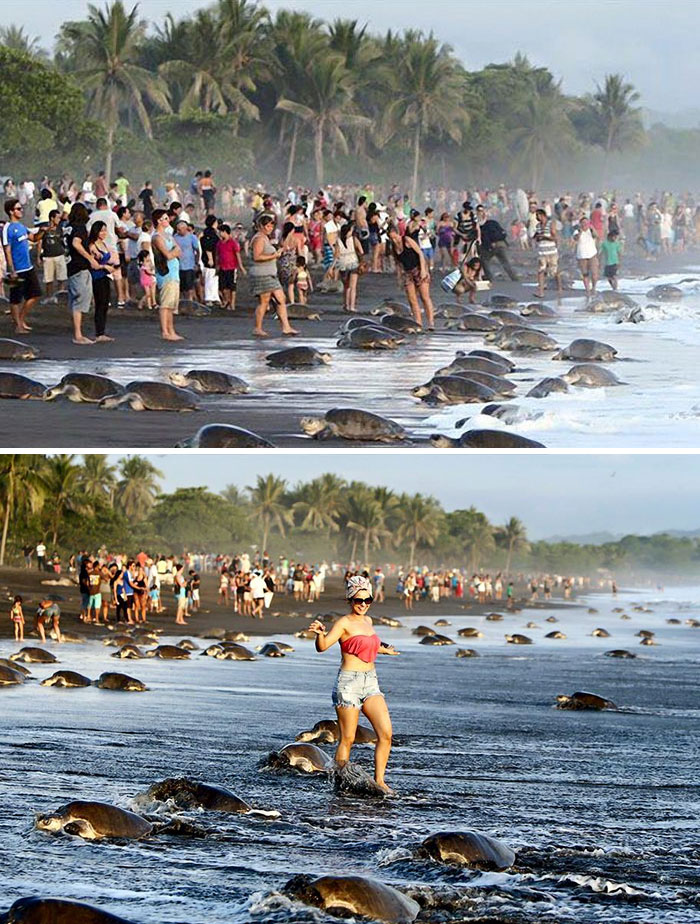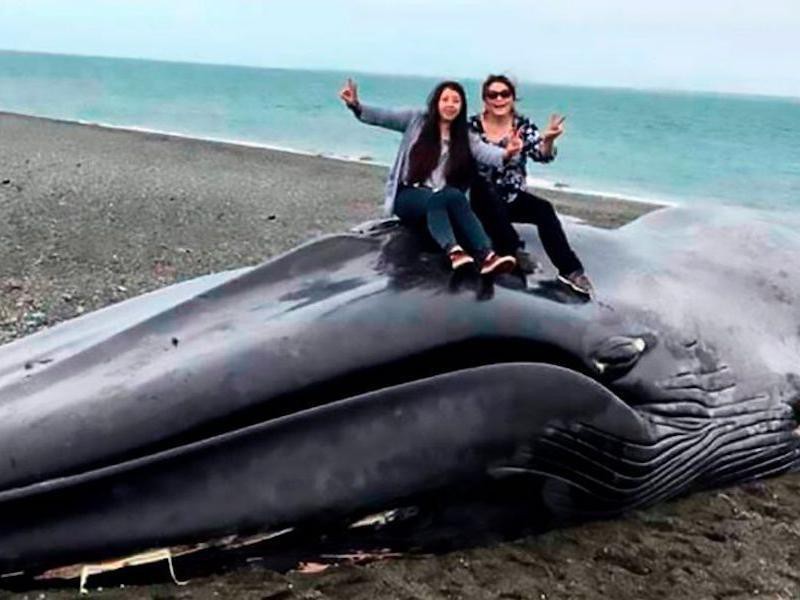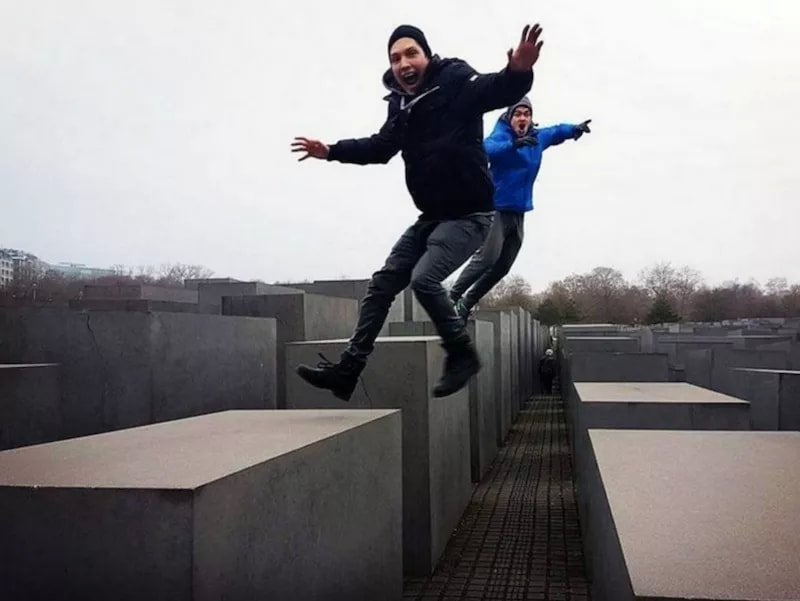Our Shrinking World & Tourism Growth
Objective: To find out how the tourism industry has grown in the last 70 years and to discover the factors that affect people who go on their holidays.
You have all been tourists. Whether that is elsewhere in this country or on the other side of the world.
You have all been tourists. Whether that is elsewhere in this country or on the other side of the world.
Task 1 - What is tourism?
Complete the tasks on the worksheet below using the resources on this page to help you.
A definition of tourism from the World Tourism Organisation can be found here. It is pretty complicated and so I wonder if you can simplify it a bit.
|
|
|
Task 2 - Impacts of Tourism.
Open the evidence board below. This shows you a global tourism growth graph from the year 1950 to the year 2020 (predicted and of course not considering Covid-19).
You will see that tourism numbers can be calculated by global region. Be careful when you are reading it through as it is a cumulative graph and simply reading off the Y axis is going to get you confused.
Please use the Evidence Board to complete the Activity Table below (you can print out or complete on Word).
Try to identify what the picture is showing (further research may be necessary) and how it could have impacted on global tourism numbers in a positive or negative way. Some have been done for you to get you started.
Some of the images relate to events that, if you look carefully and you know the dates, you can see the impact of on the global tourism graph. If this is the case, please draw a line linking the photo to the region of the world and the date that you know it happened.
Try to identify what the picture is showing (further research may be necessary) and how it could have impacted on global tourism numbers in a positive or negative way. Some have been done for you to get you started.
Some of the images relate to events that, if you look carefully and you know the dates, you can see the impact of on the global tourism graph. If this is the case, please draw a line linking the photo to the region of the world and the date that you know it happened.
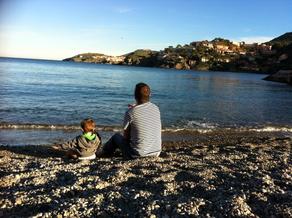
Task 3 - Using the global tourism graph (2005) in the centre of the evidence board, complete the following questions:
1. Which region of the World has always had the most tourists visiting? What was this number predicted to be in 2020 in this graph from 2005?
2. In 2020, which was predicted to be the second most visited region in the world?
3. Name two global regions that did not appear on the graph in the 1950's. Can you suggest any reasons for this?
4. In approximately what year did tourism numbers reach 1 billion visits?
5. What was the total number of tourism visits in 1950?
6. Approximately what were the total number of tourist visits in 'The America's' in 2010?
7. After Europe, which area of the world is expected to record the largest growth in tourist numbers?
8. Identify two years where tourism slowed down or experienced a temporary reduction.
1. Which region of the World has always had the most tourists visiting? What was this number predicted to be in 2020 in this graph from 2005?
2. In 2020, which was predicted to be the second most visited region in the world?
3. Name two global regions that did not appear on the graph in the 1950's. Can you suggest any reasons for this?
4. In approximately what year did tourism numbers reach 1 billion visits?
5. What was the total number of tourism visits in 1950?
6. Approximately what were the total number of tourist visits in 'The America's' in 2010?
7. After Europe, which area of the world is expected to record the largest growth in tourist numbers?
8. Identify two years where tourism slowed down or experienced a temporary reduction.
The Impacts Of Tourism - Case Study: Benidorm
Objective: To find out about the social, economic and environmental impacts of tourism.
Getting the basics: At IGCSE & IB level you will hear a lot about the abbreviation S.E.E. These three factors are really important in the study of Geography and can be applied to many, many situations around the world.
S - Social. This is do to with people, their lives, their well-being, level of peace (note link to terrorism), preservation of culture and traditions and their quality of their life.
E - Environmental. This is to do with the quality of the human and physical surroundings, levels of pollution and health of the environment
E - Economic. This is to do with money, jobs and the economy. Recession and unemployment would be important here, especially the global financial crisis still affecting us today.
Task 1 - Complete this worksheet using six different codes below.
Economic Positive Ec+ Economic Negative Ec-
Environmental Positive En+ Environmental Negative En-
Social Positive So+ Social Negative So-
Task 2 - Use your A3 copy of the worksheet below, annotate on any S.E.E +/- factors that you can see around the image.
Getting the basics: At IGCSE & IB level you will hear a lot about the abbreviation S.E.E. These three factors are really important in the study of Geography and can be applied to many, many situations around the world.
S - Social. This is do to with people, their lives, their well-being, level of peace (note link to terrorism), preservation of culture and traditions and their quality of their life.
E - Environmental. This is to do with the quality of the human and physical surroundings, levels of pollution and health of the environment
E - Economic. This is to do with money, jobs and the economy. Recession and unemployment would be important here, especially the global financial crisis still affecting us today.
Task 1 - Complete this worksheet using six different codes below.
Economic Positive Ec+ Economic Negative Ec-
Environmental Positive En+ Environmental Negative En-
Social Positive So+ Social Negative So-
Task 2 - Use your A3 copy of the worksheet below, annotate on any S.E.E +/- factors that you can see around the image.
Task 3 - Watch the first video below. On your Task 3 worksheet, please outline the human and physical factors that attract tourists to Benidorm.
|
|
|
Task 4 - Now, watch the second video and write about some of the problems that too many tourists bring to the city.
Tourism & The Celebrity Effect
Task 5 - There are two examples below of how celebrities have caused a massive increase in tourism to two places. Your two celebrities are:
1. Justin Bieber
2. Leonardo DiCaprio
Your job is to choose one of the two videos below and research the story and how it impacted on the place in the video. Please find out about the following:
1. Name the country and the exact location of the place.
2. Why was this place chosen to be featured by the Leonardo / Justin?
**Only Team Justin - What did Justin do that he shouldn't have?
4. What problems did it cause at this place (Justin & Leonardo) afterwards? Include a photo to show the problem.
5. What did the authorities have to do to control this problem?
6. Do you think that Leonardo / Justin did more harm than good for this place?
|
|
|
Instatourism (The Instagram Effect)
Imagine posting the picture above on your Instagram account. Pretty amazing view and additionally, it looks quite dangerous. Two sure-fire ways to get a few likes from your followers. Instagram has really had a big impact on tourism and specific locations in recent years.
Task 6 - Reading up about the phenomenon - Spend 5 minutes reading the article by clicking on the tab below. Write a 100 word summary of how Instagram can impact tourist destinations and included an explanation of what 'staged reality' means. Please also find out how many active users Instagram currently has and add this data.
Task 6 - Reading up about the phenomenon - Spend 5 minutes reading the article by clicking on the tab below. Write a 100 word summary of how Instagram can impact tourist destinations and included an explanation of what 'staged reality' means. Please also find out how many active users Instagram currently has and add this data.
Task 7 - Remember the beautiful photo above? Looks idyllic and peaceful doesn't it? Check out these Google images to see the Instagram Effect in action.
Choose another place (or this one if you want), and explain the impacts of Instagram on the destination.
What happens when too many tourists visit poorer places?
Task 8- Using the video link below - Complete the activities on the worksheet below.
The Tourism Wall of Shame.
Task 9a - Your task is now to produce a one-side fact sheet detailing an example of tourists behaving badly (intentionally or unintentionally), somewhere in the world. Your fact sheet should cover the following points:
*Where did this happen
*Why is it happening
*When did this happen?
*Who / what is being impacted?
* 1 photo & 1 map
*The response.
There are some images below to get you thinking about the different ways in which tourists can cause problems. Here is a link to get you started detailing some bad behaviour from 2023.
Task 9b - Now, using this Instagram template (copied on to a Word document), please write a post explaining your feelings about the tourist incident. Use a photo of the incident as well as adding a text box with your feelings / # etc.
Task 9a - Your task is now to produce a one-side fact sheet detailing an example of tourists behaving badly (intentionally or unintentionally), somewhere in the world. Your fact sheet should cover the following points:
*Where did this happen
*Why is it happening
*When did this happen?
*Who / what is being impacted?
* 1 photo & 1 map
*The response.
There are some images below to get you thinking about the different ways in which tourists can cause problems. Here is a link to get you started detailing some bad behaviour from 2023.
Task 9b - Now, using this Instagram template (copied on to a Word document), please write a post explaining your feelings about the tourist incident. Use a photo of the incident as well as adding a text box with your feelings / # etc.
The Rise of 'Voluntourism'.
Task 10 - To complete this last section of our work on tourism, please follow the instructions on the worksheet below. The resources to complete the activities are laid out below.
|
|
|

